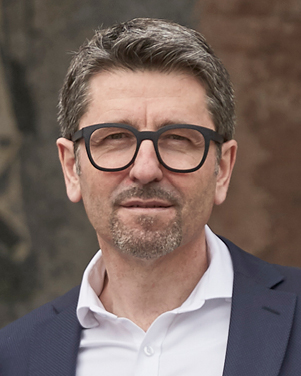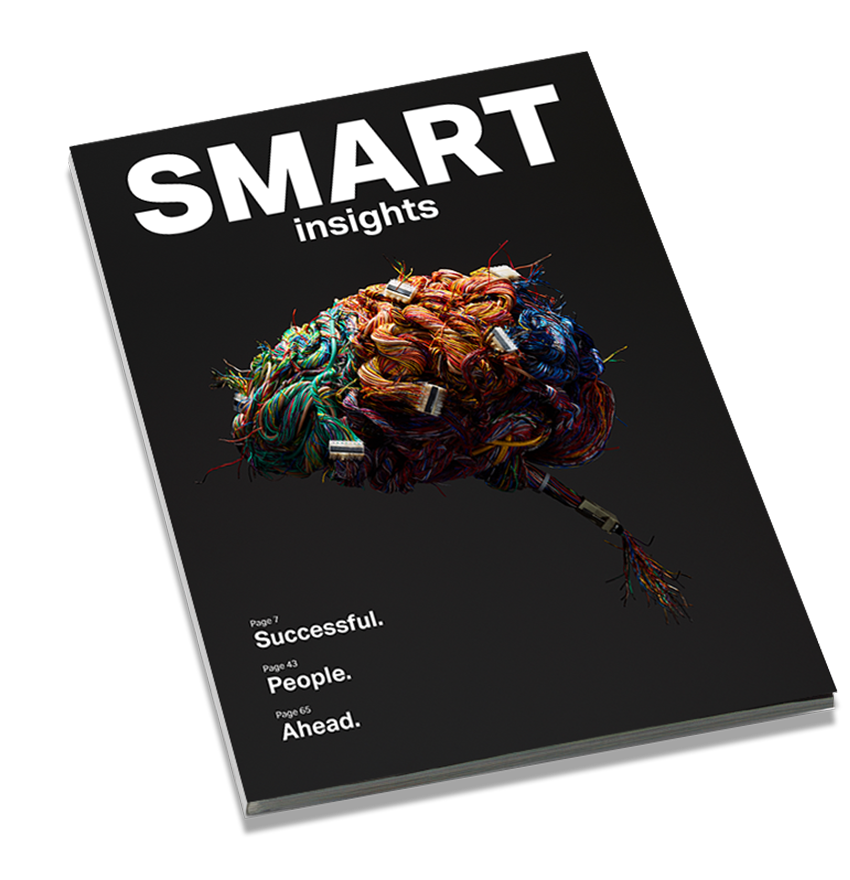This article was published in the Ergon Magazine SMART insights 2019. Order your free copy now ->
With some 35,000 staff and more than 1.5 million customers, Zurich’s cantonal administration is the biggest local authority in Switzerland and a leading employer. It has a wide range of duties to fulfil and a huge variety of requirements to meet – and here, efficiency and cost awareness are two considerations in particular that require constant vigilance. As Lukas Weibel and Peppino Giarritta from the Canton of Zurich’s State Chancellery explain, digitalisation is being deployed to mobilise potential that was otherwise lying fallow.
Constant change
Every canton has its own history and every cantonal administration has made improvements and been in constant flux over past decades and even centuries. Society is evolving dynamically and the cantons are keeping pace. This is how things were in the past, how they are today, and how they are set to remain in the future.

“The state as a service company – that is our task and has always been our vision, whilst consistently conforming with statutory requirements and provisions.”
State and economy
It is almost half a century since electronic data processing began to take care of tasks and simplify work processes at a state level as well. Nowadays, IT is as routine and essential for the canton as it is for every privately run company. Says Weibel: “The difference is this: we may be a large organisation but we can’t choose our market or our customer segments. The canton is a given geographical area with a complex and diverse population.”
“Seven departments with an array of responsibilities, all of which vary widely, wish to be able to work efficiently and serve the population – simply, transparently, quickly and reliably”, explains Giarritta. “This is why the Executive Council passed the ʻDigital Administration 2018–2023ʼ strategy into law on 25 April 2018, which also kickstarted our project, ʻPlanning and Realising a Reference Architecture for Digital Transformation (Business Architecture).ʼ”
The project
“Our remit was clear: we need a reference architecture for digital administration – a roadmap for the ongoing digital development of our various services. We want to work in close cooperation with our in-house partners to create a shared, basic paradigm that can be further adapted and refined”, says Giarritta.
Weibel adds: “We currently have a multiplicity of service processes that are being delivered in different ways; our mission will be complete once we have found a way of running these services according to a uniform system. We want to establish baselines in the business architecture, make business procedures comparable and then be able to execute these in a comparable way.”
Weibel continues: “The complex part of our project is that we have to penetrate right through the entire administration. During this process, we have established that, viewed from outside, all the offices invariably go through the same five stages. This is then followed by the internal process. This was the systematic, methodological work we did to see what internal and external client needs there were.”

“The strategy we are pursuing is intended to advance the interests of the administration as a whole. With our reference architecture, we are developing a structure where the basic elements can be used over and over again by anyone, anywhere.”
Working together instead of in a silo
Giarritta: “This is why we brought Ergon in. It wasn’t chiefly a technical undertaking, more of an organisational and communications project. Ergon won us over and they have proved excellent companions, hands-on, competent and convincing, to an organisation in the process of reinventing its processes.”
Weibel continues: “Competence and conviction were exactly the qualities we wished to pass on as a project team, both in-house and further afield. We have been holding internal information events on a rolling basis, extending invitations, explaining, listening. We have managed to find a common language. We have held open discussions, got to know one another and learn new things – both from one another and with one another.”
Giarritta continues: “Yes, we were impressed at how many members of staff are keen to find out more about our work, take an active interest, get involved and follow our train of thought. That’s a tremendous help, especially with an abstract topic. We managed to communicate to people the significance and potential of our digital remit, even across the boundaries of the cantonal administration and in spite of federalism”.
“People saw the need and that was gratifying”, adds Weibel, before continuing thoughtfully: “It won’t be easy to integrate everyone who has shown an interest but we will do our best.”
Key points at a glance
Challenges
- Driving up “digital administration”
- Improving efficiency in a complex environment
- Striking a balance between overarching objectives and decentralised innovation
- Introducing “digital best practice” while respecting statutory requirements (e.g. data protection)
- Change management
Idea & concept
- Business architecture as instrument for fine-tuning between strategy and digital administration portfolio
- Organisational blueprints for digitisation project – bridge between strategic and systemic layers
- Mixed governance: comprehensive “strategic business architecture” at cantonal level; “operational business architecture” under the aegis of departments and offices
Approach
- Core project team with representatives from various departments
- Consistent customer orientation
- Working up project together, step-by-step
- 80/20 mindset: focus on being useful to the majority
- Reflection and validation of interim results
Wow
- Very good interim results even in early phase of project
- Proactive, inter-departmental participation
- Quick acceptance of proposed structure
Interested in more?
Digitisation projects
Change makers
Tech trends
Order now
